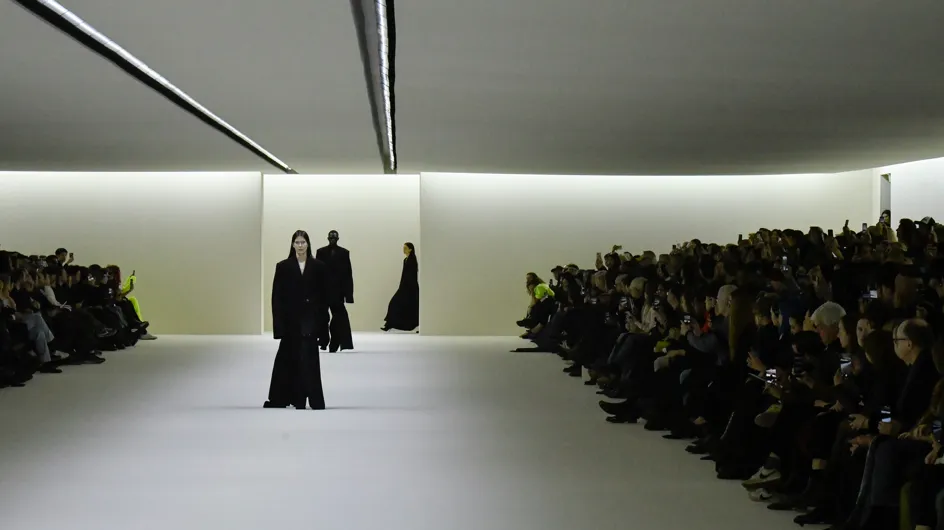
Words like “Chat GPT” and “Dall-E” have recently entered our vocabulary, completely changing the conception of artificial intelligence and its enormous potential. But what can artificial intelligence really do, especially in the fashion sector, and why shouldn’t we be afraid of it?
Generative AI: what is it?
Lately the discussion on NFT, virtual reality and metaverse seems to have calmed down, on the contrary, thoughts and conversations on Generative AI, a form of artificial intelligence that generates unpublished content starting from a more or less specific input given by the user, are animated. It’s now been decades since the birth of artificial intelligence, but recent advances such as the Microsoft-backed ChatGPT, which generates highly detailed text starting from indications, and DALL-E, which does the same thing but with images, have laid the foundations for what could be significant changes in the way culture and companies operate especially in the creative arena. Although the use cases and related intellectual rights still remain in doubt, the fashion world hasn’t been slow to test the transformative possibilities of these new tools.
Possible applications in artificial intelligence fashion
Although Chat GPT and Dall-E require a certain skill in creating suggestions to achieve the desired result, the added value of artificial intelligence consists in its extreme ease of use which allows anyone, without particular knowledge in the technological field, to be able to to use. In the fashion field, the potential applications of Generative AI are many: it could prove useful for creating product descriptions on e-commerce, fast fashion could use it to create models based on data provided by customers, for fashion designers, however, it could return useful for creating moodboards or in choosing colors. However, at the moment, artificial intelligence is based on a creation process that analyzes past images and texts to create new ones without however reaching a level of professionalism even remotely close to human intelligence.
From the Pope’s white duvet to Harry Potter in Balenciaga: viral attempts on social media
The “new territory” of artificial intelligence is shaking up the world of social media where it is increasingly difficult and expensive for fashion brands to overcome that barrier called virality that separates them from the potential community. There have been several attempts by the Fashion System to approach and use artificial intelligence. Vogue Singapore and Vogue Brazil have used Generative AI to create the cover of the new issues, arousing many criticisms aimed at the use of technology to circumvent the work of professionals in the sector. On the other hand, the ironic attempts of some users who unknowingly brought a wave of interest to the brands were perceived differently. Recently the user demonsflyingfox posted on Patreon a video entitled “Harry Potter by Balenciaga”, created with the artificial intelligence of Mid Journey and immediately went viral. In the short video Harry Potter, Ron Weasley, Hermione Granger, Snape and the other characters wear Balenciaga and the narration revolves around an ironic question and answer on the brand: “There is no Good or Evil, there is only Balenciaga and those too weak to seek it” Even Pope Francis dressed in a white duvet ended up in the crosshairs of memes created with artificial intelligence, this time the brand involved is Moncler, from which the hashtag on social media #monclero also derives. However, despite these attempts may appear as a transition to a new era of marketing for fashion brands, in reality they hide a worrying side. Will we be able to distinguish reality from contents created with artificial intelligence? Will Fake News proliferate even more?
One wonders: now, what is real?
In the overabundance of information, images and videos to which we are exposed, it becomes increasingly difficult for the average user to stop the scrolling flow and question what they are really looking at. An example of this is a recent video published by Jacquemus on his Instagram profile in which the iconic Chiquito Bags become gigantic and roll around Paris on wheels. Clearly it was a digital rendering but this did not particularly interest the followers of the brand. If fiction only concerned brand marketing gimmicks, we wouldn’t have to worry, but unfortunately there was no shortage of much larger fake news, such as the fake arrest of Donald Trump, which could lead to other types of problems.
Is Generative AI a Threat to Creativity?
In addition to the problem of the possible lack of distinction between real content and generated content, artificial intelligence raises many criticisms regarding its potential to take the place of human creativity. However, it should be noted that at this moment Generative AI is not able to replace human creativity and industry professionals in any way: it can be a useful tool to expand and facilitate creative processes but it cannot replace them. Will there come a point where artificial intelligence, created by man, can surpass human intelligence? At the moment the important thing is not to replace all those activities that require professionals with programs such as Dall-E and Chat GPT.
